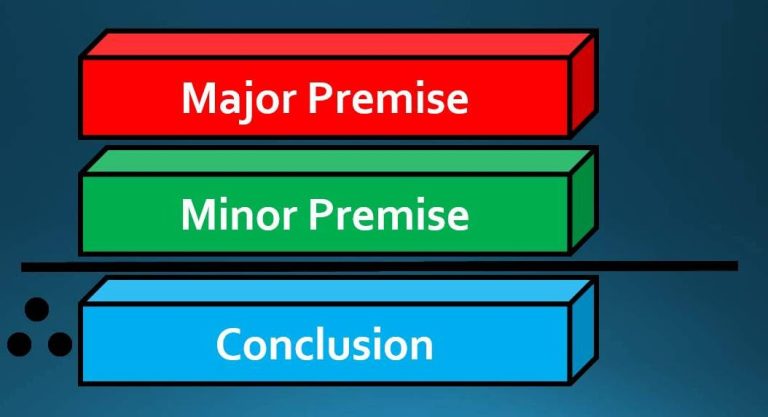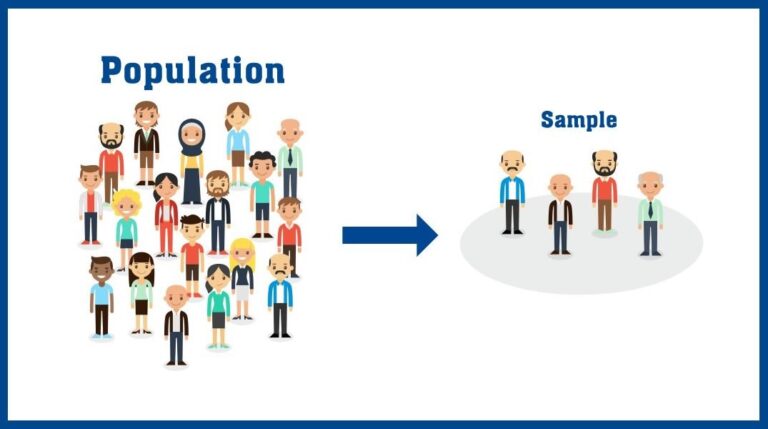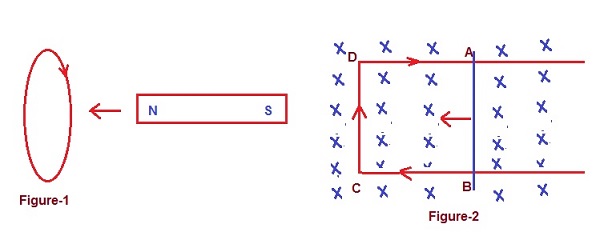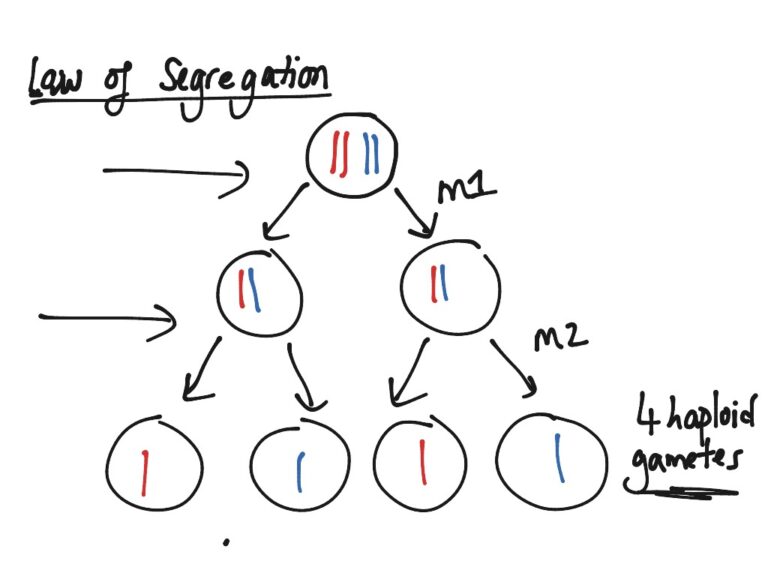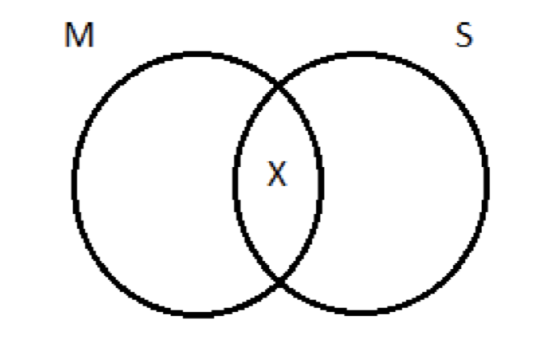8 Conditional Syllogism Examples
Conditional syllogism is a deductive reasoning method that involves two premises and a conclusion. In this method, we use the if-then statements to draw a conclusion. This type of reasoning is commonly used in mathematics, logic, and computer programming. First, let us explore the basics of conditional syllogism and how it works. The Basics of …

